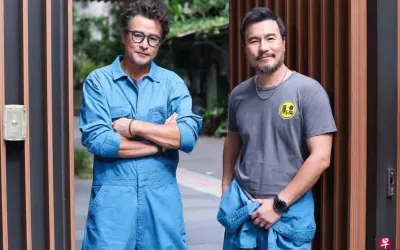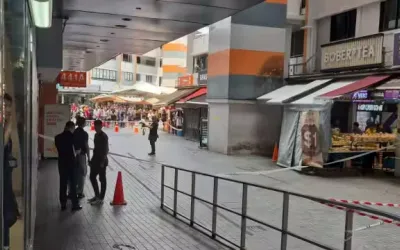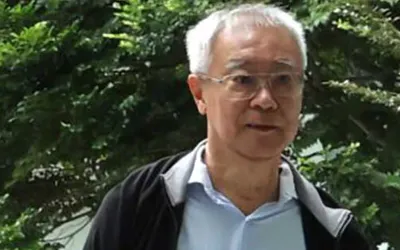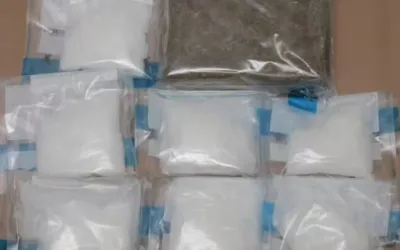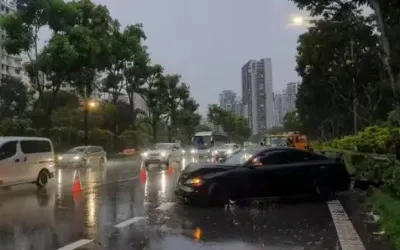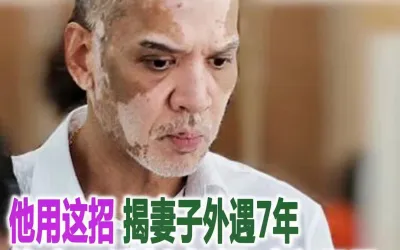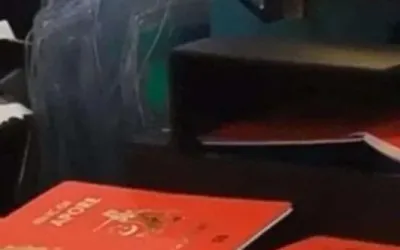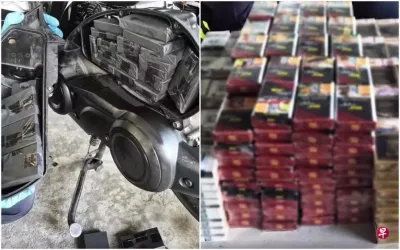新加坡內政部長尚穆根先生在國會答覆阿裕尼集選區議員畢丹星關於新加坡針對毒品吸食者越來越多採取的相關措施。
以下內容為新加坡眼根據國會英文資料翻譯整理:
2.24 pm
畢丹星先生(阿裕尼集選區議員):謝謝議長。我只想問部長几個問題。
首先,根據中央肅毒局(CNB)最新的2023年情況報告,新加坡新吸毒者比2022年增加了18%,我能否向部長詢問,內政部,特別是中央肅毒局,正在考慮哪些新舉措,以確保這一數字不會進一步增加?具體來說,我了解到同一份報告涵蓋了一些有關預防教育和在預防教育方面所做努力的信息。針對越來越多的吸毒者,我們還能期待哪些其他新舉措?
與此相關的是,中央禁毒局查獲的新精神活性物質數量大幅增加。從報告中分類的其他藥物演變到吸食這些新精神活性物質,是否有什麼特別的原因?如果部長能告訴我們這是普遍現象,還是有特定的群體在吸食這些新型毒品,那將會很有幫助?
第二個問題涉及部長展示的兩年再犯率的幻燈片。部長是否還可以告訴我們,五年累犯率是否普遍遵循同樣的百分比--我相信是1993年的73%到2021年的27%?
最後一項澄清涉及最近通過的《死刑案件上訴後申請法案》。我想部長建議我們可以回到國會看看還需要做些什麼。部長是否認為這項尚未生效的法案存在一些漏洞,可能需要對現行法案進行修訂?
尚穆根先生(內政部長):議長先生,關於最後一個問題,我並不是說存在漏洞。我的意思是,當我們看到人們如何提交申請時,我們就會學到東西。從方法論來看,例如,如果出現憲法挑戰(去年就出現過),我們可能要考慮是否需要修改憲法,以確保今後任何此類性質的憲法挑戰都不會得逞。如果我們要這樣做,我期待得到畢丹星先生的支持,因為這是一場我們所有人都必須認真對待的鬥爭。
因此,答案是,我們研究了我們需要做的事情,並通過了該法案。我們看到了申請的演變情況,我已指示我的部門--我並沒有說有任何漏洞--研究我們是否需要做更多的事情,特別是考慮到存在憲法挑戰。
其次,畢丹星先生問及青少年吸毒增加18%的問題。這是我們採取的方法。我們公開一切,公布數據,保持透明度。有一個問題,中央肅毒局和我的部門都存在這個問題。有什麼新舉措?我們需要在毒品預防教育方面做得更好。我們還需要關注家長,讓他們了解相關信息。至於其他新舉措,我在之前的部長聲明中已經談到過。
關於精神活性物質的問題--為什麼會出現躍升?議長先生,答案其實很簡單。這些物質以前是沒有的。現在,你可以很容易地改變化學性質,製造毒品,而且它們變得很容易獲得。每當你識別出一種毒品,其他人就可以很快地改變一兩種化學性質,得到技術上不同的毒品,但其影響與原始毒品相同。因此,這是一個不斷追逐的過程,你必須不斷應對。而且,由於現在可以在實驗室中生產,因此生產大量毒品也更容易,而且其中一些毒品的特性讓我們的一些年輕人覺得很有吸引力。
新精神活性物質是否含有種族成分?我認為沒有明顯的相關性,但我們看到華族參與程度略高,也就是說,服用這些新精神活性物質的華族數量與服用傳統藥物的華族數量相比略高,如果我可以這樣稱呼它們的話。
至於 30 年來五年再犯率是否有所下降的問題,我想請議員提出國會質詢,我們將予以處理。

以下是英文質詢內容:
2.24 pm
Mr Pritam Singh (Aljunied): Thank you, Speaker. Just a few questions for the Minister.
First, with regard to the latest CNB Drug Situation Report 2023, which observes an 18% increase from 2022 of new drug abusers in Singapore, can I enquire from the Minister what new initiatives is the Ministry and, more specifically CNB, looking at to ensure that this number does not increase further? Specifically, I understand the same report covered some information on preventive education and efforts taken at preventive education. What other new initiatives can we expect with regard to the increasing number of abusers?
Related to this, there has been a significant jump in new psychoactive substances which have been seized by CNB. Is there a particular reason why there has been an evolution from other drugs, which are classified in the report, to these new psychoactive substances being abused in Singapore? It would be helpful if the Minister could share with us whether this is across the board or are there specific communities that are consuming these new drugs?
The second question refers to the slide that the Minister put up on the two-year recidivism rate. Would the Minister also share if the five-year recidivism rate generally follows those same percentages – 73%, I believe, as recorded in 1993 to 27% in 2021?
The final clarification is with regard to the recently passed Post-Appeal Applications in Capital Cases Bill. I think the Minister suggested that we may come back to the House to see what else needs to be done. Is the Minister suggesting that there are some gaps in the Bill, which has not even come into force yet, which may require an amendment to the Act as it stands?
Mr K Shanmugam: Sir, on the last question, I was not suggesting that there were gaps. What I was suggesting is that as we see how people file their applications, we learn. And looking at the methodology, for example, if there is a constitutional challenge – and there was last year – we may have to consider whether we need to amend the Constitution to make sure that any future constitutional challenges of such a nature will not succeed. And I look forward to support from Mr Singh if we were to come for that, since this is a fight that all of us have to take seriously.
So, the answer is, we looked at what we needed to do and we passed the Bill. We have seen how the applications have evolved and I have directed my Ministry – I have not said there are any gaps – to look to see whether we need to do anything more, given in particular that there was a constitutional challenge.
Second, Mr Singh has asked about the 18% increase in youth drug abuse. This is the approach we take. We disclose everything, we put the data out there and be transparent. There is a problem, and CNB and my Ministry said that there is this problem. What new initiatives? We need to do even better at preventive drug education. We need to focus on the parents as well to understand the messages. And the other new initiatives, I have spoken about them in my Ministerial Statement earlier.
The question on psychoactive substances – why is there a jump? Sir, the answer is actually quite simple. These were not available previously. Now, you can alter chemical properties and create drugs fairly easily and they become easily available. Every time you identify a compound, someone else can very quickly alter one or two chemical properties and come out with a technically different compound but with the same impact as the original compound. So, it is a continuous chase and you have to continuously deal with it. And because now it can be produced in a lab, as it were, it is also much easier to produce larger quantities and some of it have properties that some of our young find attractive.
Are there ethnic components to new psychoactive substances? I do not think there is a clear correlation, but we have seen a slightly higher level of Chinese participation, as it were, the number of Chinese who take these new psychoactive substances compared with the traditional drugs, if I can so refer to them.
As to whether the five-year recidivism rate has come down over the 30-year period, I would ask the Member to file a Parliamentary Question and we will deal with it.
HQ丨編輯
HQ丨編審
新加坡國會丨來源


